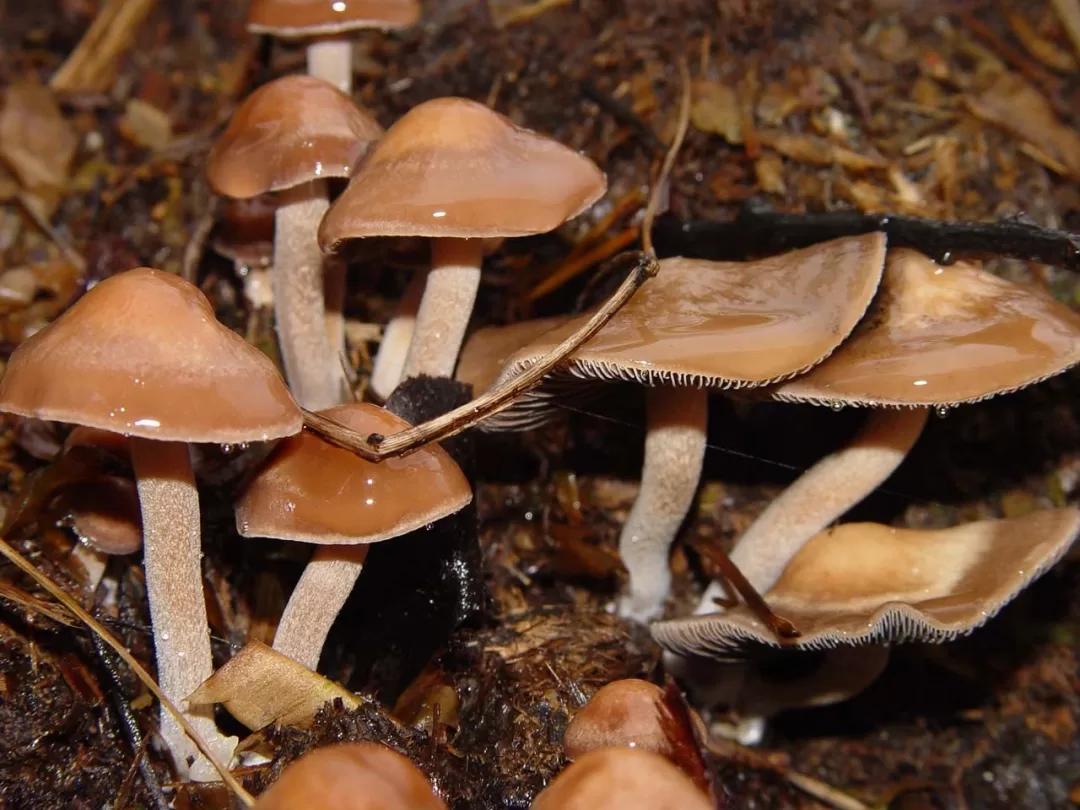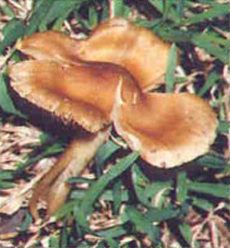PANAEOLUS SUBBALTEUS
Panaeolus subbalteus also known as Panaeolus cinctulus or Pan. venenosus, is believed to be the most common psilocybin-containing mushroom to grow in California and the most common of the Panaeolus genus to grow in Europe.
Its fimicole nature has most probably helped it spread worldwide through manure it had colonized, making the specie also present in the Americas and in Asia where the Japonese refer to it as the “laughing mushroom”.
In the early 1900s Panaeolus subbalteus inherited of the name “weed Panaeolus” because it was always finding its way inside the bed cultures of grocery-store mushroom Agaricus bisporus. Its known hallucinogenic properties forced mushroom farmers to carefully weed them out from the edible mushrooms. It was actually through yet another accidental intoxication that its psychoactivity was discovered.
Panaeolus subbalteus is a magic mushroom that thrives in well-manured grassy soils and has a symbiotic relationship with horse dung. Folk rumors report the Germanic people, in honor of the horse, sacred animal of Wotan the Germanic god of extasy, would add it to their beer or meals.
This classic “Druid mushroom” was commonly called by the Germans “dunkelrandiger düngerling” translating to the “dark-banded dung mushroom”.
Today, it is believed to gain popularity through the resurgence of pagan festivals in middle and northern Europe. Many mushrooms that grow naturally in Europe seem to have left rather positive stories of “euphoric accidental intoxications”. The magic mushroom with the most presence in literature is Inocybe aeruginascens and Panaeolus cyanescens.
Visual Description
PANAEOLUS SUBBALTEUS Potency
Habitat Origin





